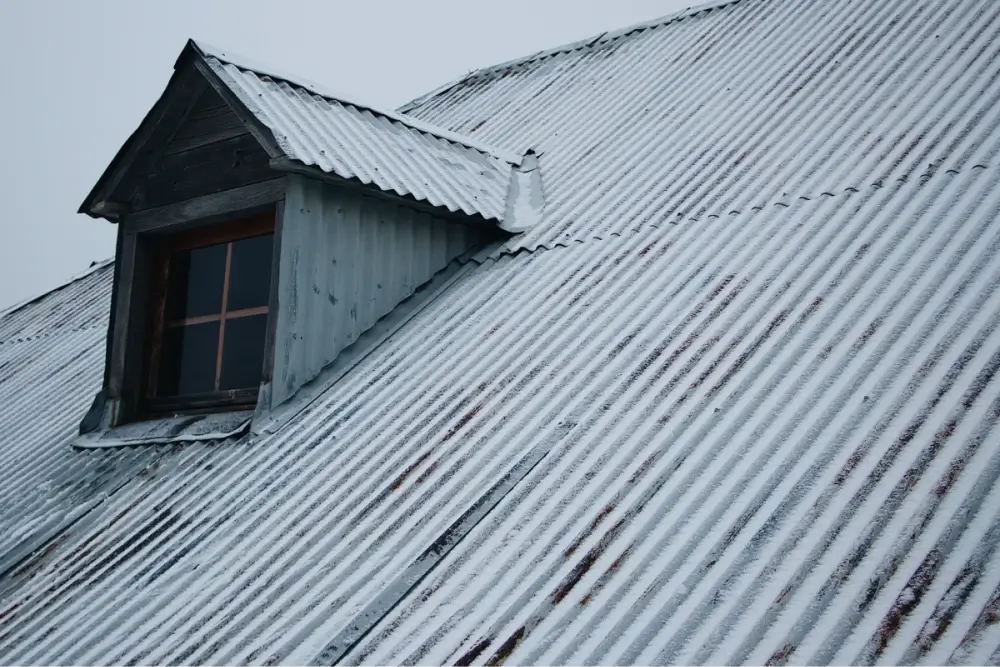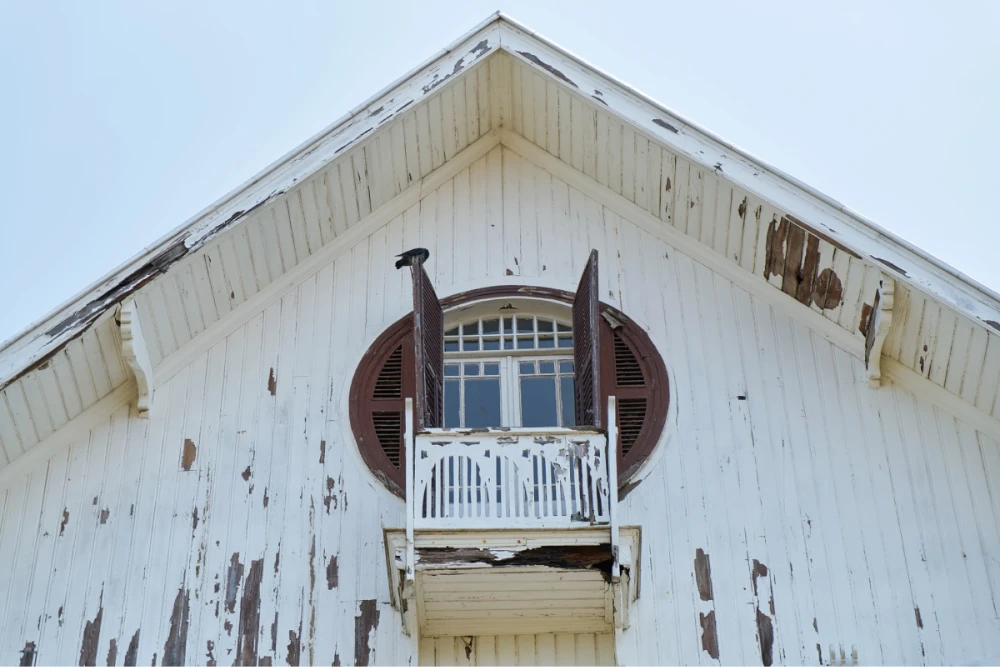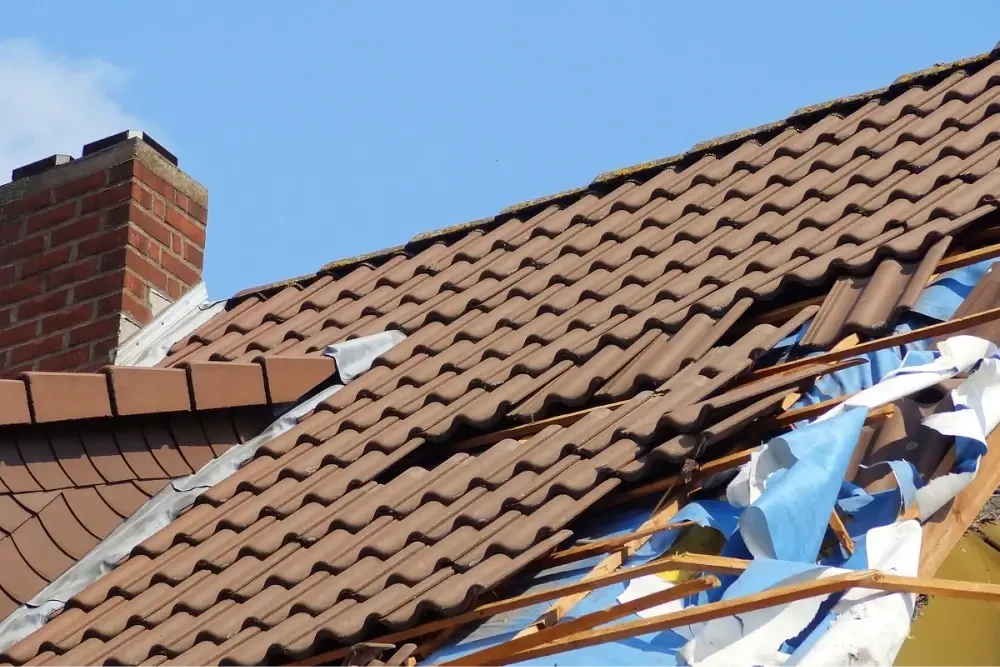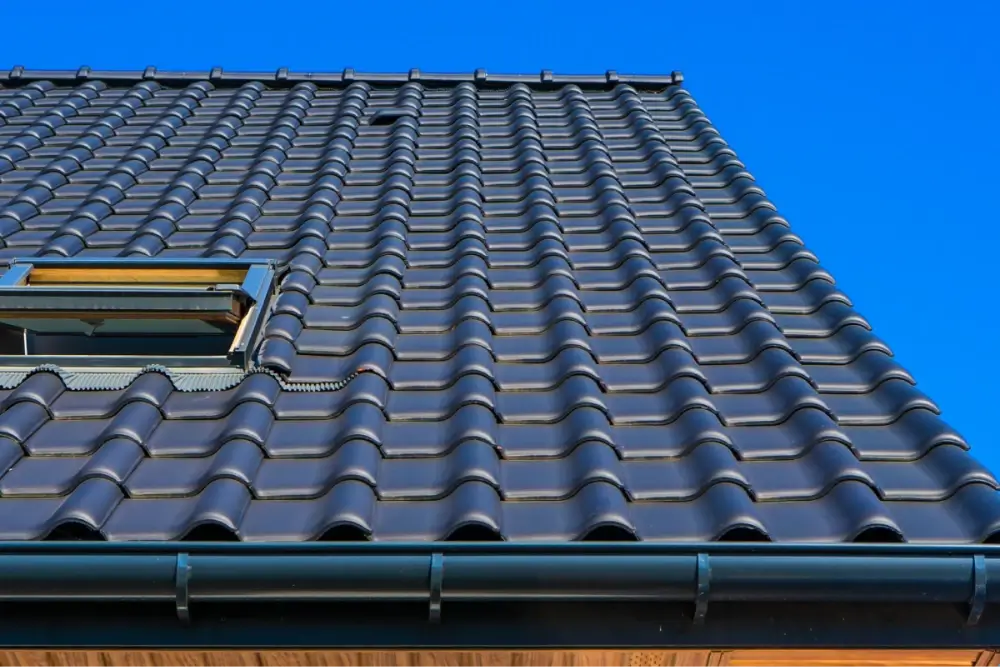Hail, varying in size from small pebbles to golf balls or even larger, can wreak havoc on the structural integrity and protective capabilities of a roof. Left unchecked, it can lead to severe water damage, mold growth, and substantial repair costs. Whether it’s a recent hailing in Round Rock, Texas, or a concern for residents in Greater Austin’s hail-prone areas, knowing what hail damage looks like on a roof and the steps to take after a hailstorm is important for maintaining a home’s safety and value.
This detailed look into hail damage will cover the different types of hail damage, assessing the impact on your roof, and the repair process, including hail damage insurance claims. We’ll explain what hail damage looks like on a roof, from subtle dents and to significant cracks and holes, and provide insights into hail damage roof inspection to ensure that all concerns are addressed. Our expertise also extends into navigating the repair process, as well as always making sure that our clients are well-informed on how to approach hail damage repair and hail damage roof repair specifically, making the aftermath of a Texas hailstorm less stressful for homeowners.
Understanding Hail Damage

What is Hail Damage?

When hailstones strike a roof, they can cause a range of damage types. Smaller hail often results in cosmetic issues such as dislodged granules from asphalt shingles, which expose the underlying material to the elements and accelerate aging. Larger hailstones can cause more severe structural damage including cracks, punctures, and even complete penetration of the roofing material. This type of damage not only compromises the roof’s integrity but also its ability to protect the interior from water and other environmental elements.
Common Types of Hail Damage on Roofs

Cosmetic Damage vs Functional Damage


Damage to Different Roofing Materials
The extent of hail damage can also vary depending on the roofing materials involved.
-
Asphalt Shingles
One of the most common roofing materials, asphalt shingles can suffer from granule loss, cracks, and breakage due to hail. Granule loss exposes the underlying asphalt to UV rays, accelerating deterioration and reducing the shingle’s lifespan.
-
Metal Roofing
Known for its durability, metal roofing can withstand many weather conditions better than other materials. However, it is still susceptible to dents and cosmetic damage from hail, which can compromise esthetic appeal and potentially its resale value.
-
Tile Roofing
Materials like clay, concrete, and slate are often more resistant to hail compared to softer materials. Nonetheless, large or high-velocity hailstones can crack or break tiles, which might lead to leaks and structural issues if not replaced.
Assessing Hail Damage

Roof Damage Signs to Look For
-
Granules from asphalt shingles accumulating in gutters or downspouts.
-
Cracked, broken, or missing shingles.
-
Water stains on your ceiling, suggesting leaks that could lead to mold or mildew if not addressed promptly.
Professional Inspections
Watch Our
Roof Inspection
Process In Action

Repairing Hail Damage
Repair vs Replacement

Conclusion
Ready To Take The First Step Towards
Restoring Your Roof?
No Commitment Required
No Sales Games
No Pressure, Ever






